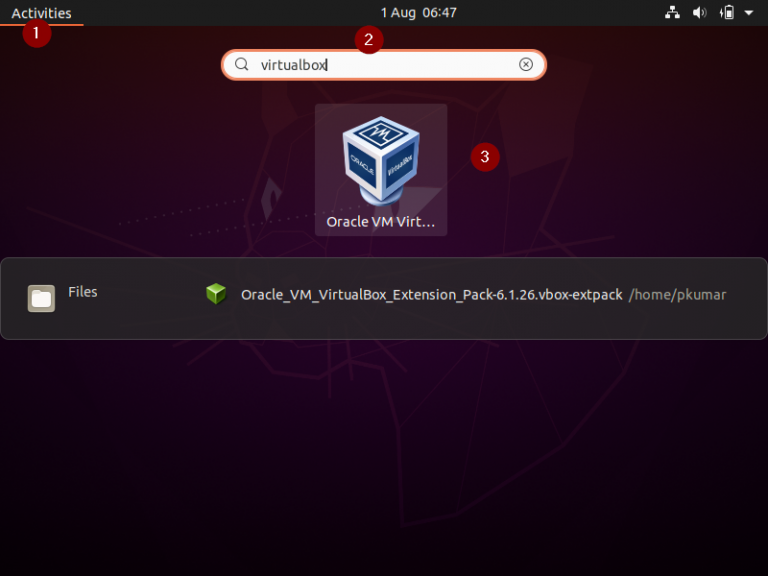

Open the file manager and go to the directory where the AnyDesk file is present. If not, please download it and then follow the subsequent steps. I believe you already downloaded the AnyDesk binary package from the above steps.

The first and foremost step is to get a binary package from the official AnyDesk webpage to redirect by clicking on the below button.Īnd once the file is downloaded, you can install AnyDesk via command line or graphical way. This method is very close to native Windows users you just need to download a binary package and install it via a graphical tool or command line. Install AnyDesk from binary packages(.deb or. You can refer to the following methods to install AnyDesk on your Linux distributions: Method to Install AnyDeskĪnyDeskcan be installed on all major Linux distributions without any hassle because they provide the binary files for Ubuntu and Debian-based operating systems, and RedHat-based systems like RHEL, Fedora, openSUSE, CentOS, or AlmaLinux.Īpart from that, you can also download AnyDesk from software repositories, or else you can compile AnyDesk remote desk from the source file. Refer to this article to create a SUDO user in Linux. The short and basic requirements to install AnyDesk on your Linux machine are sudo privileges and the rest of the resources we will provide you.


 0 kommentar(er)
0 kommentar(er)
